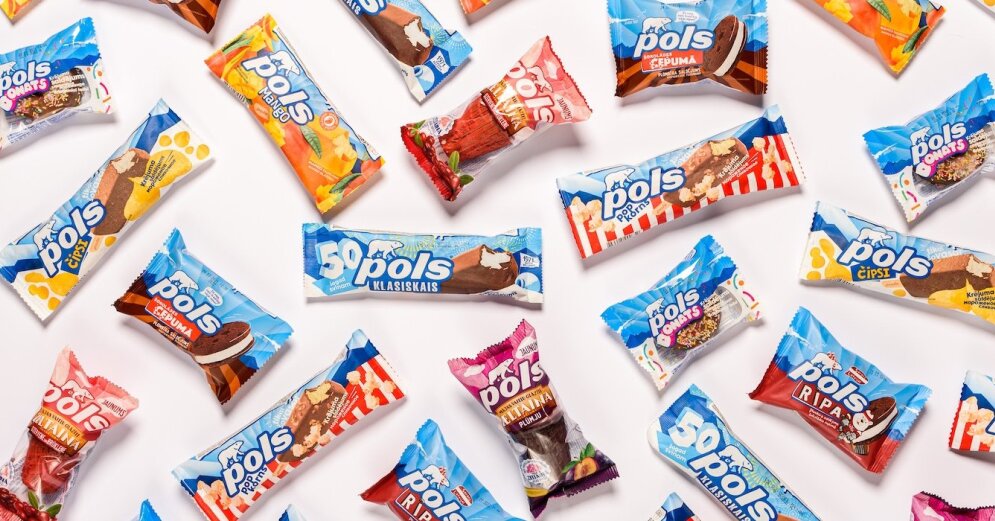The conclusion of a contract with an insurance agent has been losing importance continuously since 2015. This is shown by the digitization study by the management consultancy EY Innovalue. In 2020, only 24 percent of the end customers surveyed concluded their insurance contracts through intermediaries. This is a decrease of 13 percentage points compared to 2015.
On the other hand, 27 percent of those surveyed opted for an online degree. Insurance agents are no longer the most important sales channel.
“Exclusive dealerships and one-company brokers in particular are forced to rethink,” says Johannes Schmidt, Director at EY Innovalue. Personal on-site advice is increasingly taking a back seat – in favor of digital advice and closing options. While 42 percent of end customers only signed offline contracts in 2017, the figure was only 36 percent in 2020.
According to the study, whether a customer buys his policy through an agent or online depends primarily on its nature. Because of their long-term nature and complexity, customers take out full life and health insurance even more often through an intermediary. In contrast, end customers are increasingly buying property and motor vehicle insurance, which requires less explanation, directly via the provider platform.
Comparison portals most popular
In addition, the study authors split the insurance conclusion into several phases. The average insurance customer only travels offline in the first phase, the so-called awareness phase, according to the results of the study.
For 20 to 30 percent of those surveyed, their own experiences or experiences from their personal environment offer significant reasons for taking out an insurance product. This is followed by the insurance agent as the second most important trigger (around 15 percent). Social media channels and online advertising, on the other hand, only play a subordinate role.
In the subsequent information, decision-making, closing and post-purchase phases, end customers increasingly use digital media and channels. In the information phase, over 30 percent of those surveyed use comparison portals and 25 percent use the websites of insurers and search engines.
Information via comparison portal, conclusion via website
By far the most popular channel in the decision-making phase is the comparison portal with 30 percent usage. This is followed by the websites of the insurers. Both channels are also used to take out insurance, but their popularity is reversed. Here, 27 percent of those surveyed use the websites and 15 percent conclude contracts via comparison portals.
The last phase, the subsequent purchase, is usually carried out via the insurer’s website itself (over 30 percent), followed by representatives (around 10 percent).
The researchers also examined the relationship between the use of online comparison portals and deals with intermediaries. The result: If customers only use online comparison portals to search for information, the likelihood that they will conclude with an agent is very low at 17 percent. If, on the other hand, they also use other channels in addition to online comparison portals, the proportion of intermediaries involved in the deal increases to 38 percent.
Intermediaries have the best chances if no comparison portal is used. In this case, your likelihood of closing increases to just under 50 percent.
About the EY Innovalue Digitization Study 2020: The management consultants at EY Innovalue asked over 3,000 end customers about their experiences with recent insurance contracts, their experience with Covid-19 and their attitudes towards insurtechs, online insurance and digital support needs.
–
–


